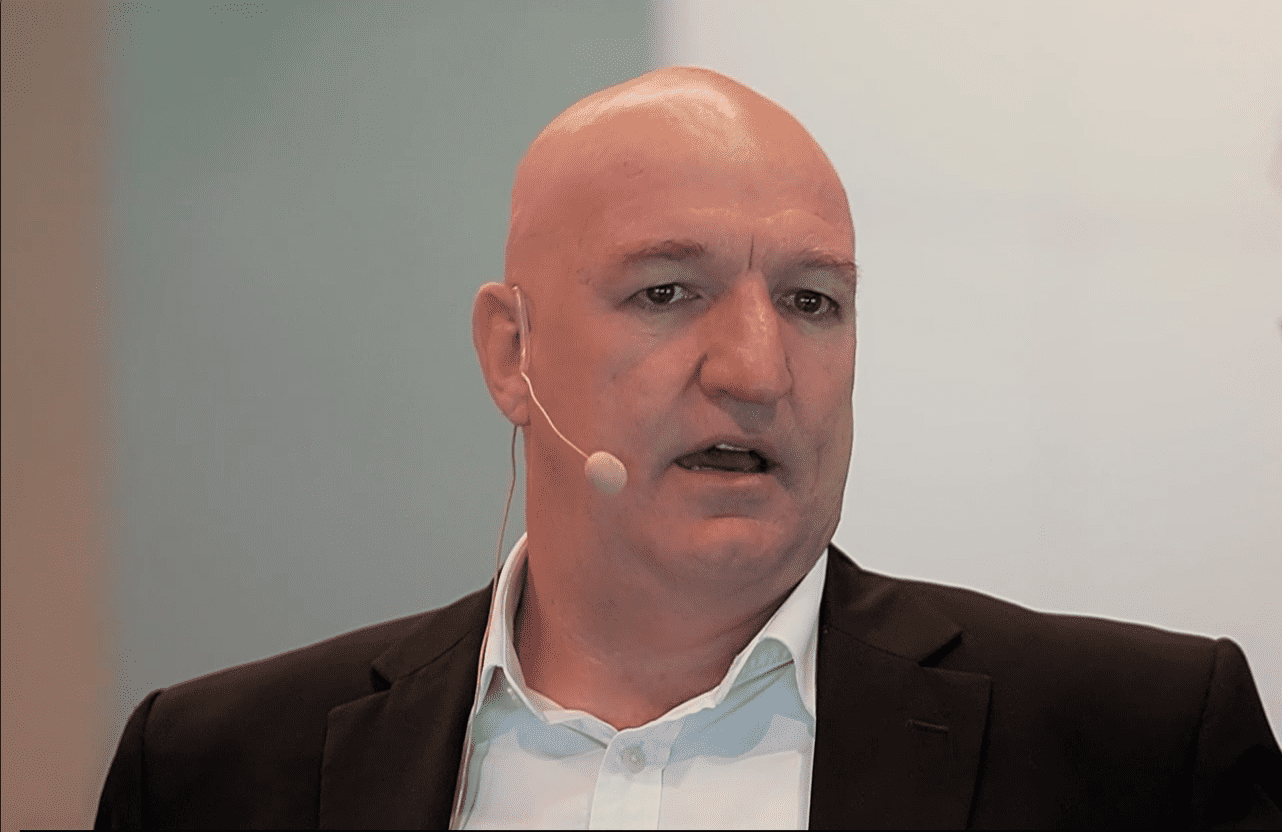Finding the right balance between superannuation and the age pension could be your ticket to a more comfortable retirement.
In what's called the superannuation or retirement 'sweet spot', many retirees will be in a position to receive income from their super while simultaneously maximising their age pension entitlements.
Understanding this balance might help you stretch your retirement dollars further and obtain more income in your golden years. Let's examine the particulars.
What is the superannuation sweet spot?
The 'sweet spot' is where retirees receive the maximum age pension whilst still earning income from superannuation – the latter being tax-free.
This occurs when your assets and super remain below certain thresholds to make you eligible to still receive the full aged pension.
From 20 September 2024, single homeowners can hold up to $314,000 in assets and receive the full pension.
For couples who own their home, the threshold rises to $470,000. These caps exclude the family home, making them a crucial part of retirement planning.
If you keep your super and other assets below these thresholds, you can combine a full pension with income drawn from your super.
For example, according to Investsmart, a couple with $470,000 in super can receive the full pension of $44,855 annually.
But by drawing down 4.5% from their super, they could add about $18,900 more annually. When combined, this provides over $62,000 in retirement income for this hypothetical couple per year.
Not bad when it's spelled out like that.
Why does the sweet spot matter?
Balancing your assets for the sweet spot has many advantages, including a potentially lower superannuation balance for retirement.
Financial advisor James Gerrard also explains that it's a way to maximise retirement income by getting the best of both worlds.
For instance, Gerrard explains that a couple with $1 million in super might generate around $70,000 annually by drawing down at a 7% rate. But they'd miss out on any pension payments. Talking to The Australian:
But a couple with only $400,000 in super and $70,000 in non-financial assets could be getting the full pension while drawing down their funds.
Between the age pension and the super drawdown, the couple will be able to enjoy an annual retirement income of between $72,855 to $82,605…
…Therefore the couple with $400,000 in super can out-spend the couple with $1m in retirement.
It's a bit more nuanced of course. Arguably, the goal would be to maximise the superannuation balance as well.
Furthermore, investing with a long-term mindset in companies found in high-quality stock indexes such as the S&P/ASX 200 Index (ASX: XJO) has proven to be a winning strategy when deployed over many decades.
But what's important is knowing these strategies exist and that there are multiple ways to achieve them.
Foolish takeaway
Achieving the superannuation sweet spot can significantly enhance your retirement lifestyle.
By keeping assets just below pension thresholds, you can secure a steady income stream from both the age pension and your super.
But it's not for everyone. Remember, everyone's circumstances are different, so it's important to balance all of the facts.








